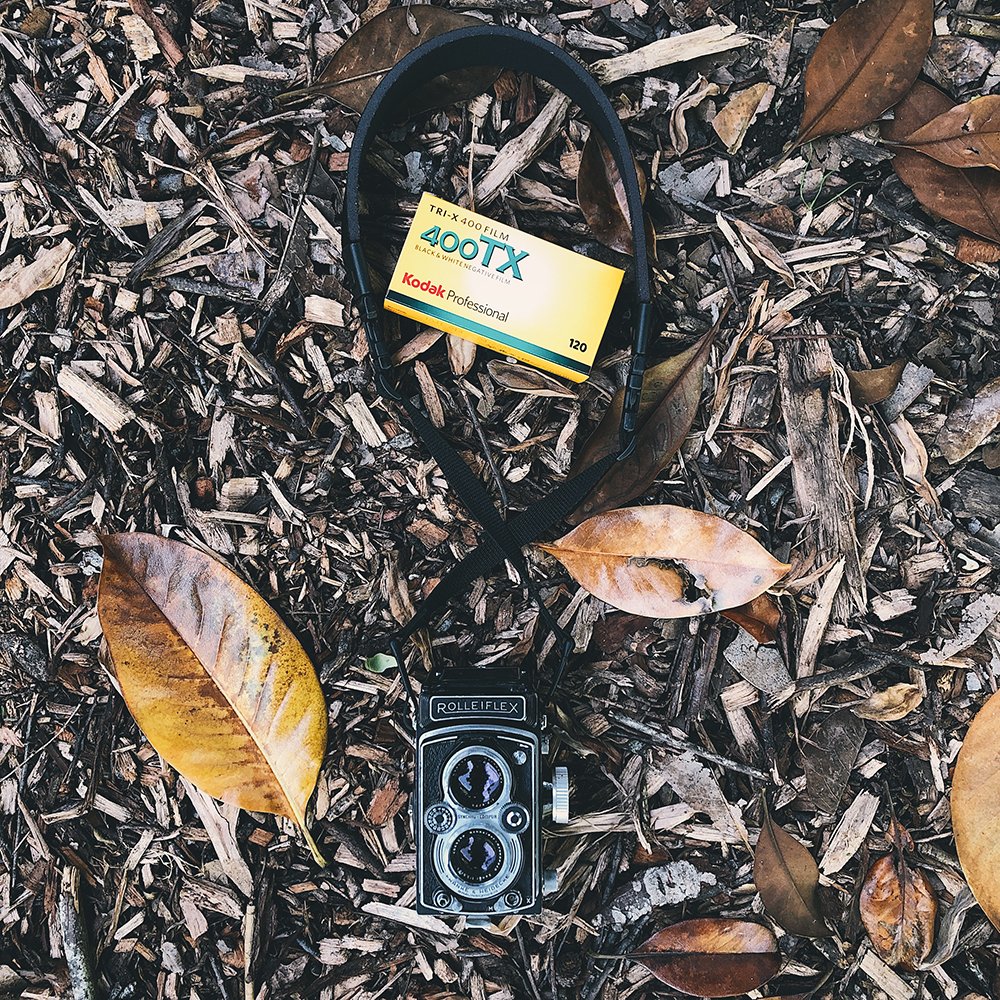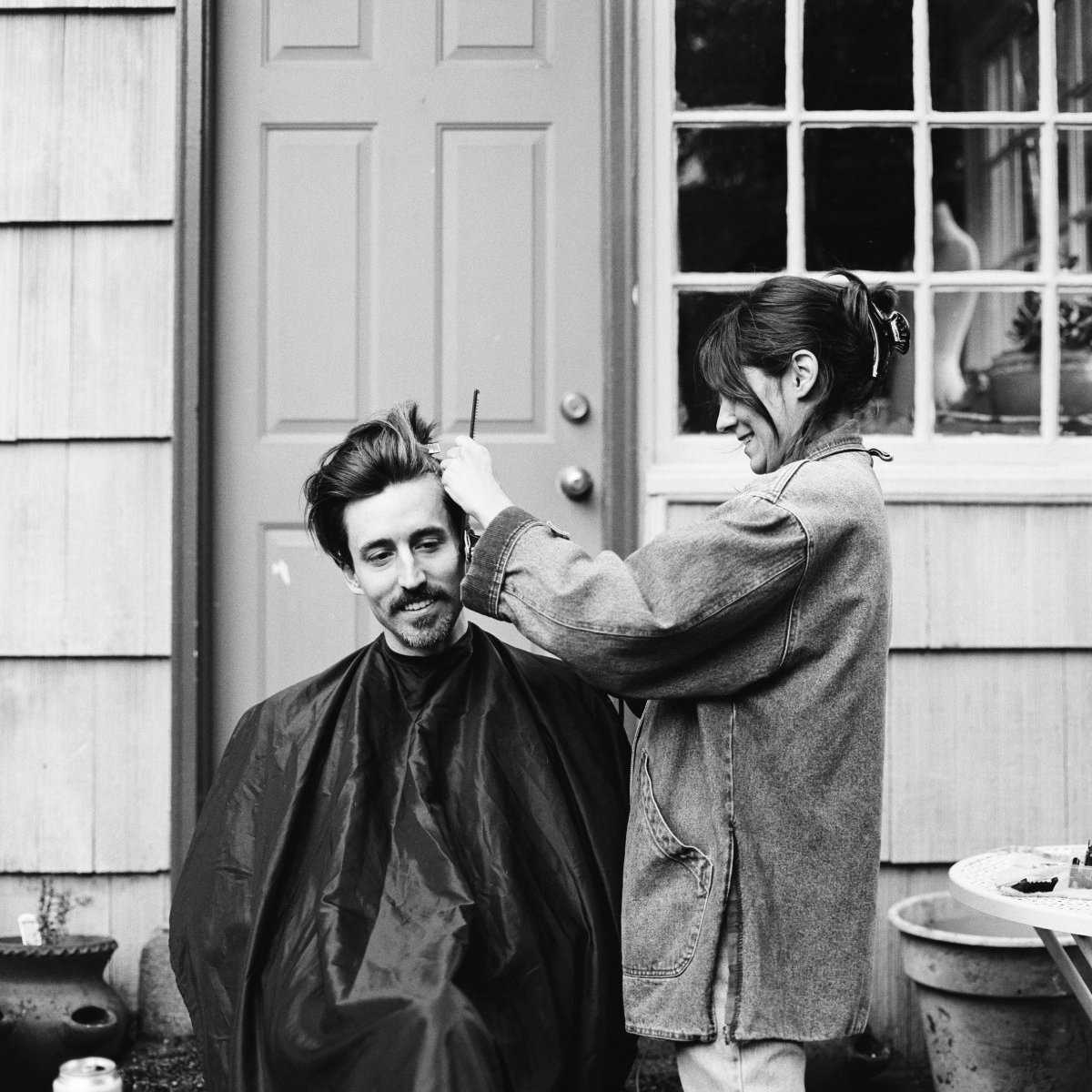Film Friday - July 4th, 2025. Kodak Tri-X Film Review
There are a number of Kodak films we could pick from for today’s feature, but our thoughts went immediately to Tri-X. Kodak Tri-X is both one of the most famous and most popular films in the history of photography.
Kodak Tri-X was initially introduced in 1940 as a sheet film. It had been preceded by Panatomic-X in 1938. That first “X” film was quickly followed by Plus-X, Super-X and Super-XX. The following year, 1939, saw the release of Ortho-X and then the world of photography entered a new era with the release of Tri-X in 1940. At the time of Tri-X’s initial release it was one of the fastest films Kodak offered. It was rated at ASA 200 in daylight (though we have read this “lower” speed was due more to how film speed ratings were determined as opposed to the film being that much slower than its modern counterpart). It took nearly 15 years until Tri-X was made available in 35mm and 120 formats. Its introduction to these two formats in 1954 is commonly cited as the official birthday of Tri-X. At this point in history though, whether you look at Tri-x as being 80 years old or merely 65 years old makes little difference. Tri-X has been around an absurdly long time as a photographic emulsion and it is kind of mind-boggling that all these decades later you can use the same film that has photographed movie stars, wars, presidents, World Series, and everything in between. Henri Cartier-Bresson switched to Tri-X in the 1950s. Robert Frank captured America on Tri-X. Garry Winogrand and Bruce Gilden prowled the streets of New York with cameras loaded with Tri-X. Mary Ellen Mark used Tri-X for just about every photo she made in her storied career. Sebastião Salgado caught the heart-wrenching scenes of the famine in Ethiopia on Tri-X while Elliott Erwitt used Tri-X to shine a wry light on the world. Even Vivian Maier, operating as an unknown photographer during her life worked largely with Tri-X. In short, unless you have been living in a cave, you have seen a photo made on Tri-X and likely used it yourself.
Care to take a guess how many photographs of the Brooklyn Bridge Kodak Tri-X has made? Make up an absurdly large number and we would likely believe you. Image made with a Hasselblad 500C.
So what makes Tri-X so beloved? That is a bit hard to point at directly. Maybe it is because Tri-X has been around for so long and so many photographs we have seen have been shot on Tri-X that the film has helped define what we come to think that black and white photography should look like. And because of that, Tri-X feels incredibly familiar, even if you have not shot much of it. We typically call Tri-X a gritty film. It is not overly grainy per se (nor is it particularly fine grained either) but it has a wonderful grit and texture to it. Many modern films like Ilford Delta or Kodak TMax use a smoother grain structure to help minimize the visual appearance of the grain. Not Tri-X. Tri-X revels in its grain and invites you to get closer to the image so you can enjoy that gritty graininess as well. Tri-X makes film grain look good.
But it isn’t just about film grain. Tri-X is that perfect film speed of ISO 400. This is the speed at which film can handle most situations, making Tri-X very versatile. Heading outdoors in bright light? Tri-X will be fine. Need to step inside for a couple of shots? Tri-X won’t hold you back there either. Sure, there are faster and slower films that handle various lighting conditions better, but Tri-X has a handle on most of them. It is also versatile in how much you can overexpose/underexpose it and/or push process it. Tri-X easily pushes up to ISO 800. ISO 1600 is also not hard to get to. If you are careful and determined we have even heard of photographers shooting Tri-X as ISO 3200 and beyond.
And then there is Tri-X’s lovely contrast. Tri-X tends to have deep, crisp shadows that really add a mood to your images and make the highlights pop. While Tri-X shadows can block up somewhat easily, as long as subtle shadow detail is not super important, Tri-X will deliver a lovely contrast that will have you coming back for more.
The texture, grain and contrast of Tri-X all coming together nicely. Image made with a Hasselblad 500C.
Got deep shadows? Tri-X does. Image made with a Hasselblad 500C.
Tri-X: Your do everything, shoot everything film. Image made with a Pentax 67.
We often get asked by customers in the shop which film we recommend them trying as they experiment with their first adventures in b&w photography. Almost without fail we set down a roll of Tri-X in front of them. If you are going to begin somewhere, why not here? There might be more b&w films to choose from now than ever before, but our favorite reference point is still Tri-X. This is made even easier by the fact that Tri-X is still available in so many different formats, including: 35mm, 120, 4x5, 5x7, 8x10, Super and 16mm motion picture. That means, no matter which camera you are carrying around, you can likely load it with Tri-X. And you should.
If you have never tried a roll of Kodak Tri-X, this is your moment! Give it a shot, we are pretty sure you won’t be disappointed. As sure as the sun rise in the sky each day, you can count on finding some Kodak Tri-X stocked on our shelves, both in our brick and mortar as well as virtual storefront.
We have almost every film stock available on the market. Check it out!
If you need an excellent lab for meticulous film developing, topnotch optical prints, traditional darkroom printing and superb film scanning, we’re your lab!
Also, sign up for our weekly newsletter The Loupe and keep your eyes peeled on our social media feeds every Friday when we feature a different film and also offer it at a one day discount of 15% off!
Tri-X takes a walk in a snowy wood. Image made with a Holga 120N.
One of the many cool customers we have had the pleasure of knowing at Blue Moon Camera. Image made with a Nikon 35Ti.
The famous Merlion and the architectural marvel that is Marina Bay Sands, both of Singapore. Image made with a Pentax 67.
A multiple exposure of the Brooklyn Bridge made with a Holga camera loaded with good ol’ Kodak Tri-X.
Kodak Tri-X: perfect for those everyday shots of life as well as the iconic moments in history.
















